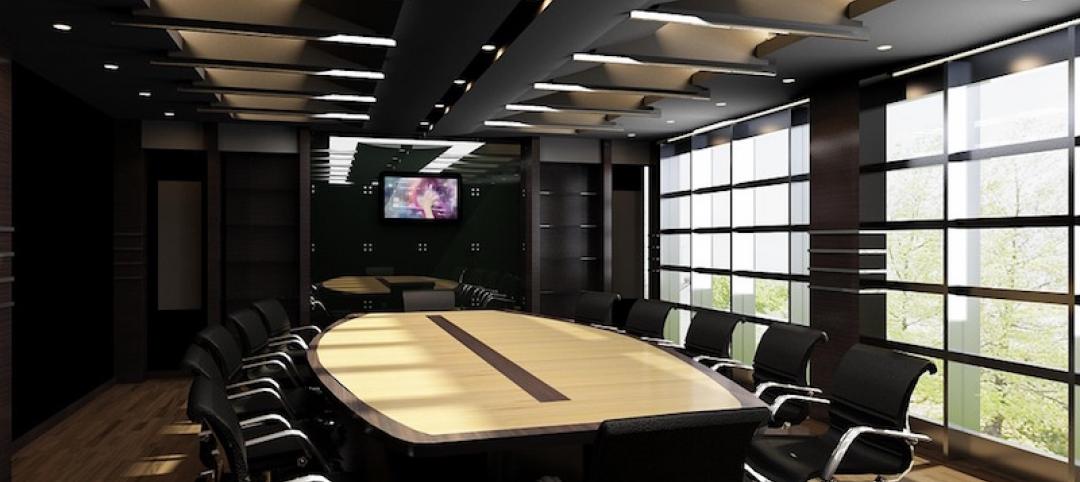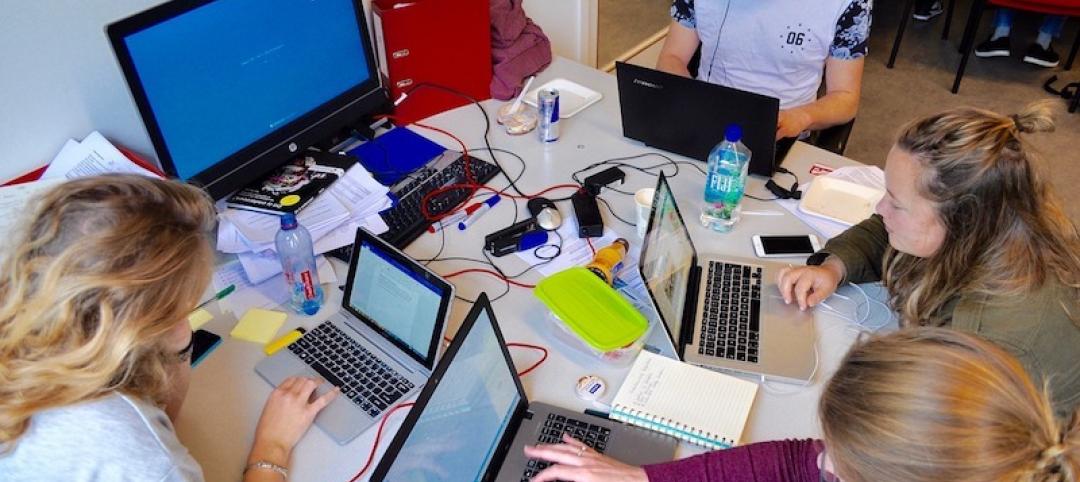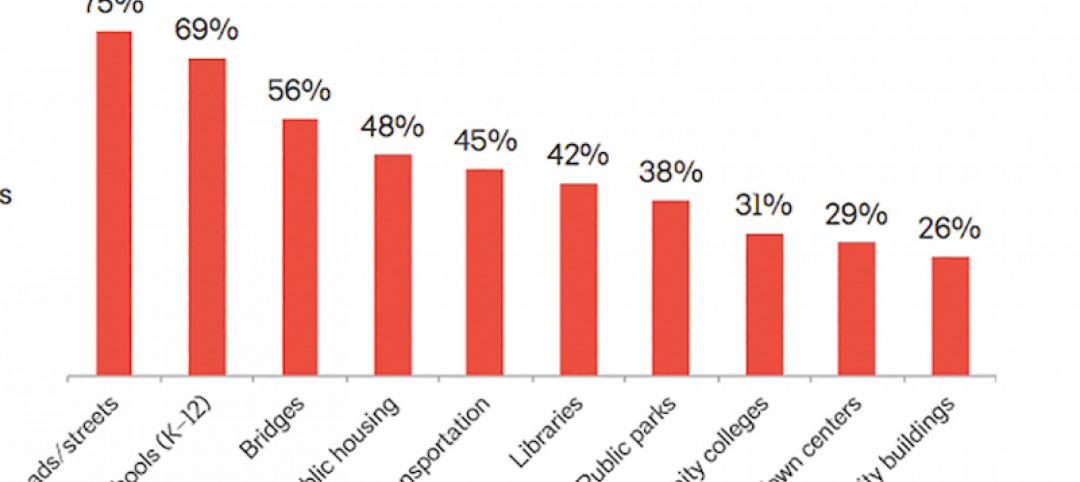Licensure candidates and new architects are more diverse than ever before, according to new data from the 2017 edition ofNCARB by the Numbers. Released annually by the National Council of Architectural Registration Boards (NCARB), the publication provides exclusive insight into the number of U.S. architects, the pool of candidates working toward licensure, and diversity in the profession.
Closing the Gender Gap
For the first time since NCARB began collecting demographics data, gender equity improved along every career stage—including gaining professional knowledge through the Architectural Experience Program™ (AXP™), starting the Architect Registration Examination® (ARE®), and earning a license.
In 2016, women accounted for 47 percent of new AXP participants and 42 percent of new ARE candidates. While women remain underrepresented among practitioners and NCARB Certificate holders, they now account for 36 percent of newly licensed architects, compared to 34 percent in the previous year. According to 2015 estimates from the U.S. Census Bureau, women make up 51 percent of the U.S. population.
Racial and Ethnic Diversity
Racial and ethnic diversity is also increasing among licensure candidates, although at a slower pace.
In 2016, 42 percent of new AXP participants and 30 percent of new ARE candidates identified as non-white—up three percentage points for both groups. However, diversity among newly licensed architects and NCARB Certificate holders remained the same. For comparison, 38 percent of the U.S. population identifies as either non-white or Hispanic, according to 2015 estimates from the U.S. Census Bureau.
“While several groups remain underrepresented within the profession, these trends point to growing diversity among licensure candidates, and eventually, future architects,” said NCARB President Kristine A. Harding, NCARB, AIA. “In response, NCARB will continue to ensure our programs balance inclusivity with the rigor needed to protect the public.”
Related Stories
Office Buildings | Mar 7, 2017
Large creative office projects generate staggering returns for property investors
A new Transwestern report examines the adaptive reuse trend across the U.S.
Industry Research | Mar 7, 2017
These are the 10 most expensive cities in the world to build in
Paris, Frankfurt, and Macau are all on the list, but none of them are more expensive than the city in the number one spot.
Office Buildings | Mar 2, 2017
White paper from Perkins Eastman and Three H examines how design can inform employee productivity and wellbeing
This paper is the first in a planned three-part series of studies on the evolution of diverse office environments and how the contemporary activity-based workplace (ABW) can be uniquely tailored to support a range of employee personalities, tasks and work modes.
Industry Research | Feb 15, 2017
Putting workers first should be every employer’s priority
The latest Sodexo report on workplace trends explores 10 factors that are impacting the global work environment.
Industry Research | Feb 13, 2017
How thought leadership marketing can generate referrals for your firm
The most effective way to boost your reputation is through thought leadership marketing.
Market Data | Feb 1, 2017
Nonresidential spending falters slightly to end 2016
Nonresidential spending decreased from $713.1 billion in November to $708.2 billion in December.
High-rise Construction | Jan 23, 2017
Growth spurt: A record-breaking 128 buildings of 200 meters or taller were completed in 2016
This marks the third consecutive record-breaking year for building completions over 200 meters.
Market Data | Jan 18, 2017
Fraud and risk incidents on the rise for construction, engineering, and infrastructure businesses
Seven of the 10 executives in the sector surveyed in the report said their company fell victim to fraud in the past year.
Market Data | Jan 18, 2017
Architecture Billings Index ends year on positive note
Architecture firms close 2016 with the strongest performance of the year.
Industry Research | Jan 12, 2017
Are public buildings considered infrastructure?
A survey, conducted in October by The Harris Poll on behalf of AIA, asked 2,108 U.S. adults if they considered public buildings part of their community’s infrastructure.















